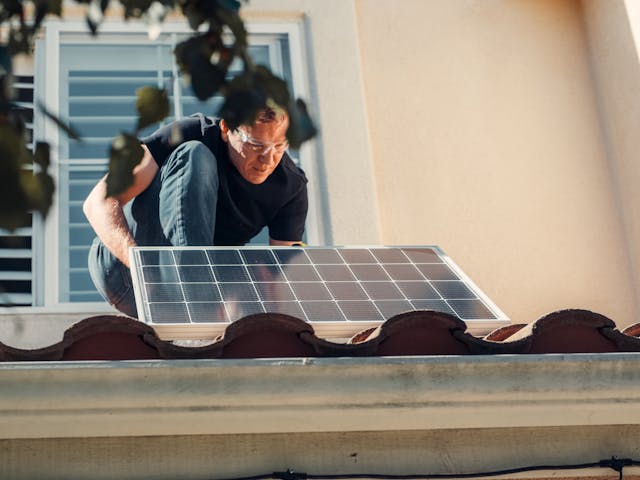As the chill of winter approaches, many health-conscious homeowners start thinking about how to keep their homes warm without sacrificing their or the planet’s wellbeing. Traditional heating methods can be energy-intensive and contribute to air pollution, but plenty of sustainable heating alternatives can keep your house cozy and environmentally friendly. Here are the best options, whether you’re renovating or want to make a few green upgrades.
Geothermal Heating
Geothermal heating systems tap into the Earth’s natural heat, offering an incredible way to warm your house. They use a series of pipes buried in your yard to exchange heat with the ground, maintaining a consistent temperature year-round. They can reduce energy use by 25%-50% compared to traditional methods. Plus, they can last for decades, making them a long-term investment in your home and the environment.
Solar Heating
Harnessing the sun’s power to heat your home is another sustainable option. Solar heating systems can be passive or active. Passive solar involves designing your house to maximize natural sunlight, such as using large south-facing windows and materials that absorb and slowly release heat. Active solar uses panels to collect and convert sunlight into thermal energy to heat your home. This method can significantly reduce reliance on fossil fuels and lower energy bills.
Biomass Heating
Biomass heating systems burn organic materials like wood pellets, chips or logs to generate heat. While burning wood might not seem eco-friendly initially, modern biomass stoves and boilers are highly efficient and produce less pollution than traditional fireplaces. They are a renewable energy source, as trees and plants can be replanted and grown relatively quickly. Biomass heating can be an excellent carbon-neutral process if managed sustainably.
Radiant Floor Heating
Radiant floor heating involves installing a system of pipes or electric heating elements beneath your floor, which radiate warmth upward. This method provides consistent, even warming without requiring ductwork, which can lose significant heat. It’s also a great way to keep your feet toasty on cold mornings.
Insulation and Sealing
Maintaining an indoor temperature between 65 and 70 degrees Fahrenheit is ideal. Before you upgrade to a new heating system, consider enhancing your home’s insulation and sealing any drafts. Proper insulation in your walls, attic and floors can drastically reduce heat loss, making any method more effective. Sealing gaps around windows, doors, and other openings prevents warm air from escaping and cold air from entering. Improving insulation and sealing can save homeowners an average of 15% on heating and cooling costs.
Heat Pumps
Heat pumps are an efficient alternative to traditional heating systems because they move warmth rather than generate it. Air-source models extract heat from the outside air — even in cold weather — and transfer it indoors. Heat pumps are highly efficient and environmentally friendly since they can produce up to three times more heat energy than the electricity they consume.
Choosing The Right Heating Option For You
When choosing the best sustainable heating option for your home, weigh factors such as your local climate, the size of your house and your budget. You should also consider each system’s installation and maintenance requirements. Consulting with a professional can help you make an informed decision that aligns with your health and sustainability goals.
Embracing Warmth Without Compromise
Staying warm and cozy during the colder months doesn’t have to come at the expense of your health or the environment. Exploring sustainable heating options — like geothermal systems, solar heating, biomass stoves, heat pumps and radiant floor heating — can help create a comfortable living space that reflects your commitment to green living. Embrace these options that keep you warm while caring for the Earth.
Author Bio
Jane is an environmental writer and the founder and editor-in-chief of Environment.co where she covers sustainability and eco-friendly living.

